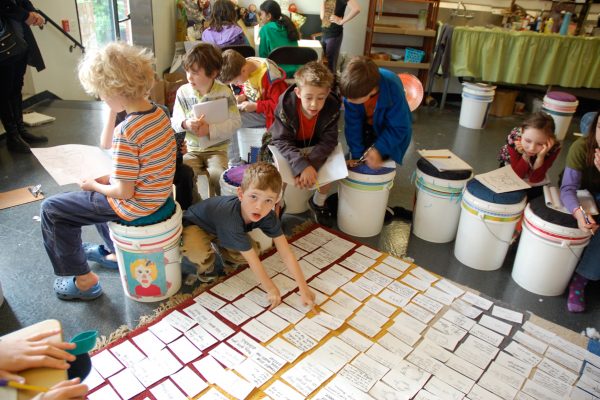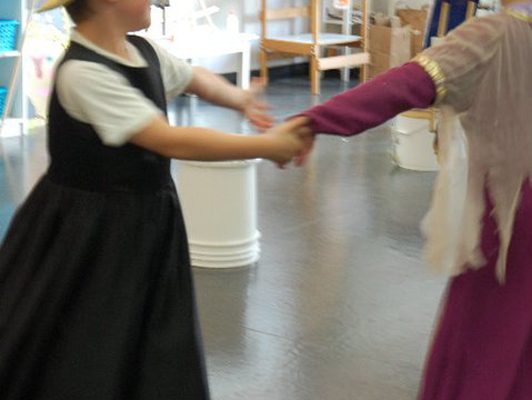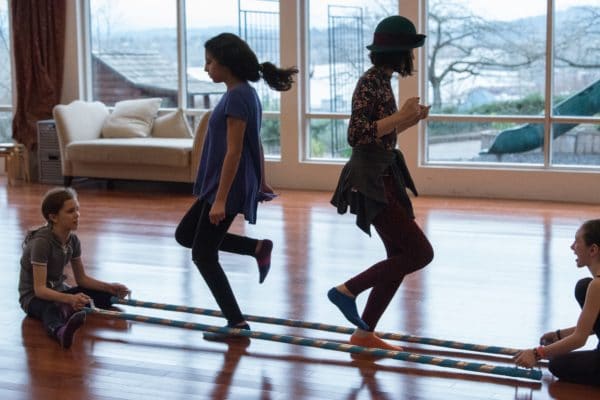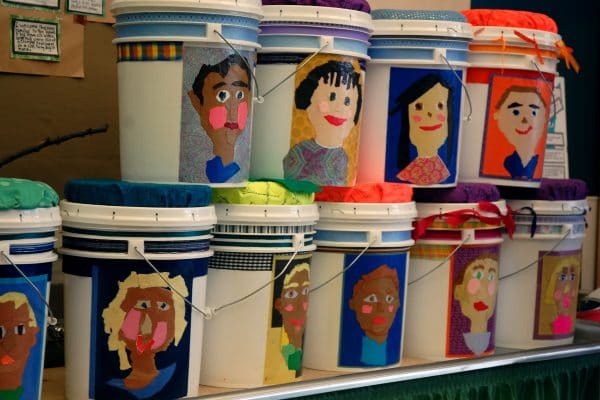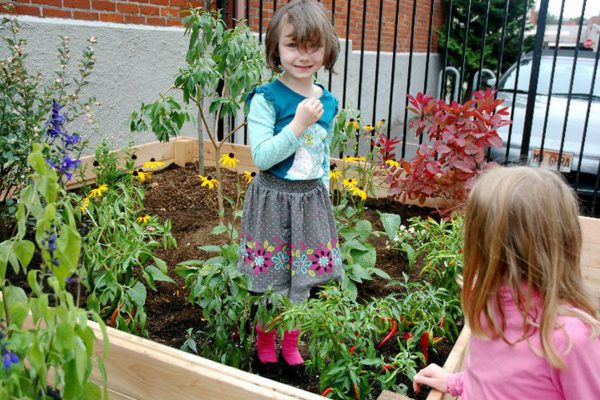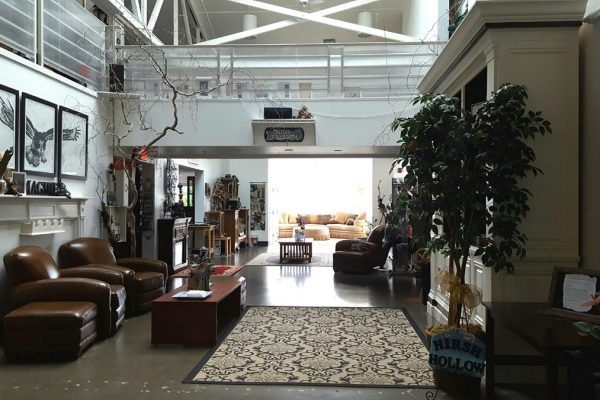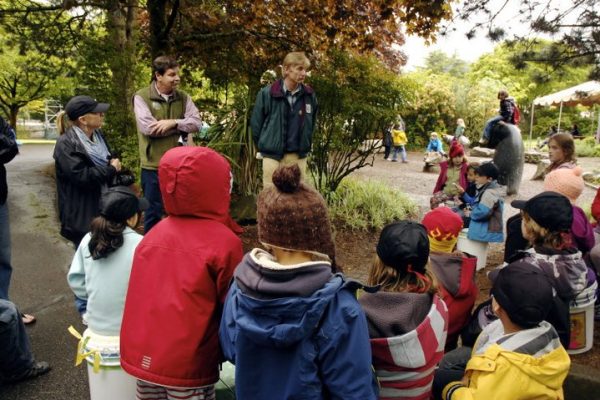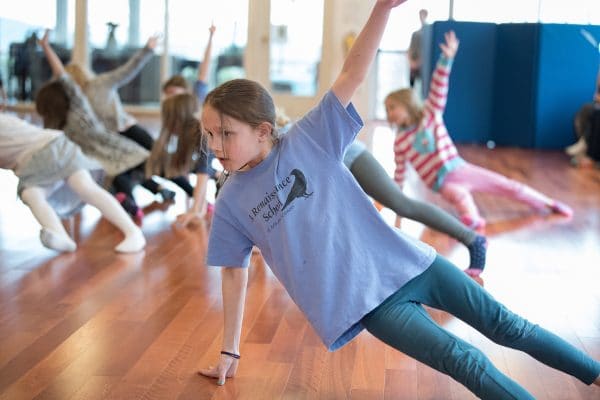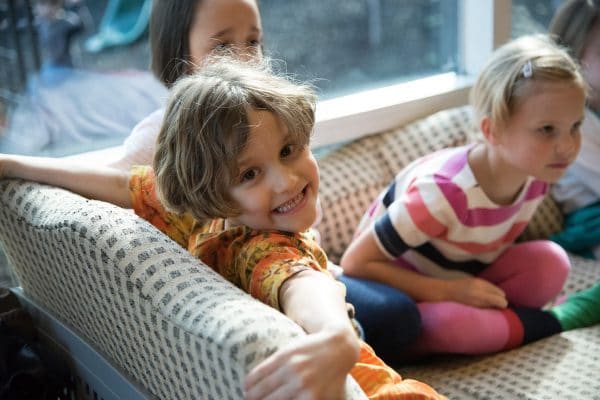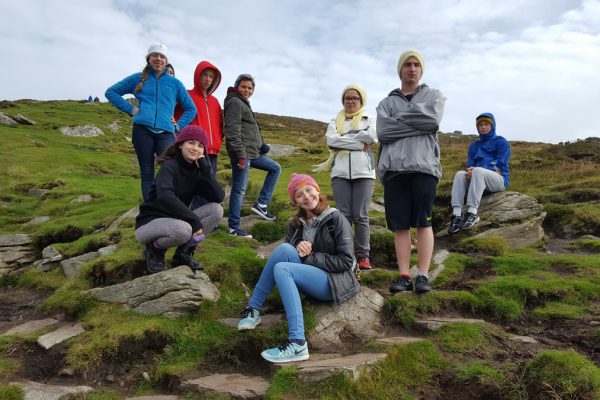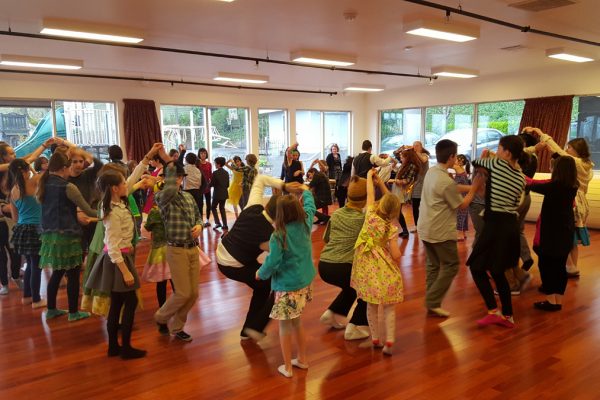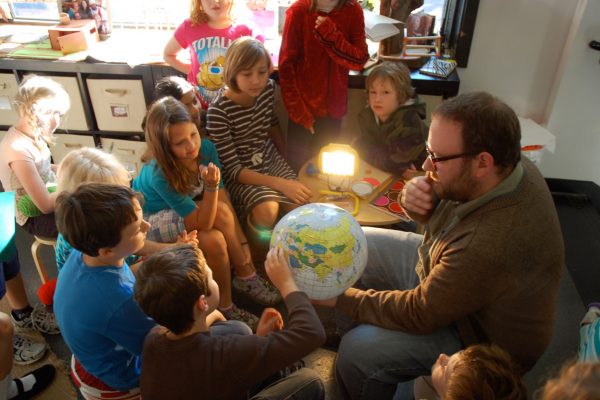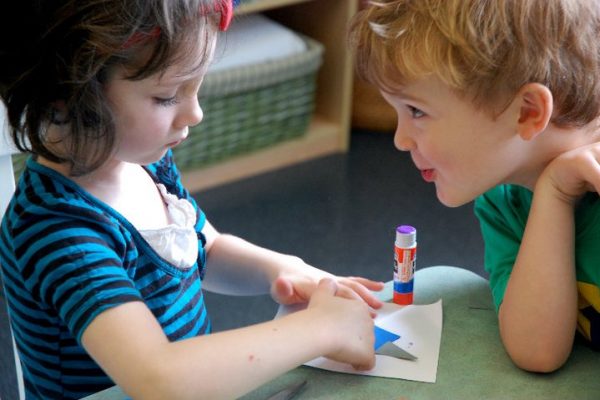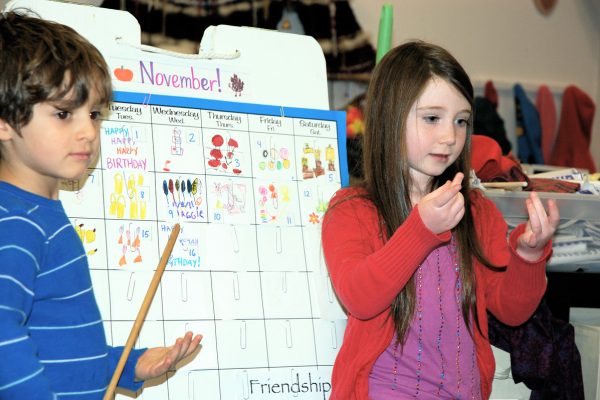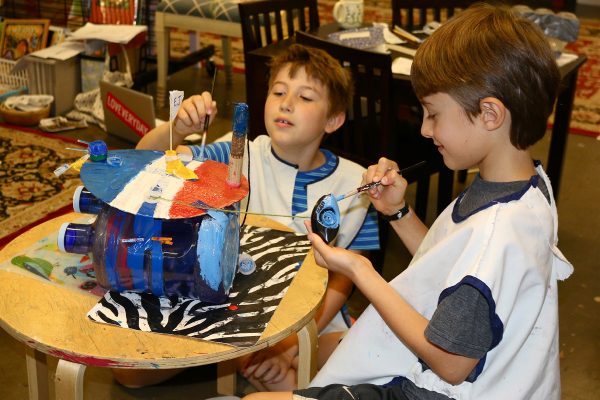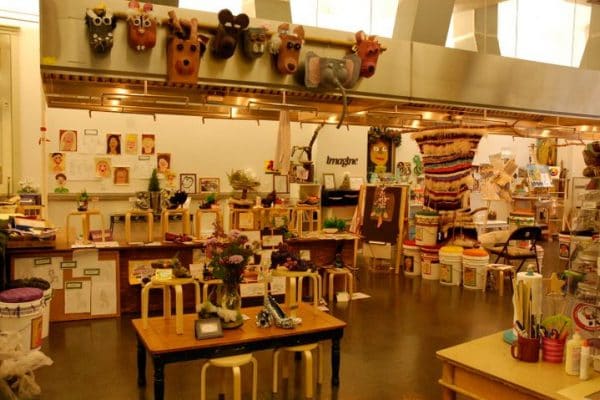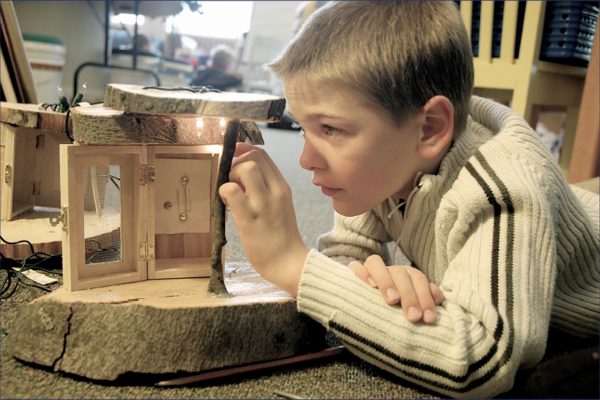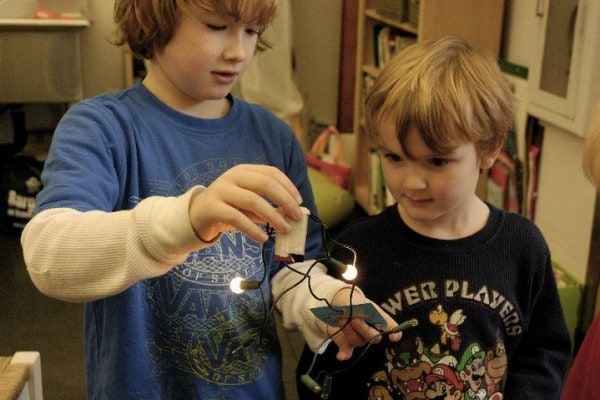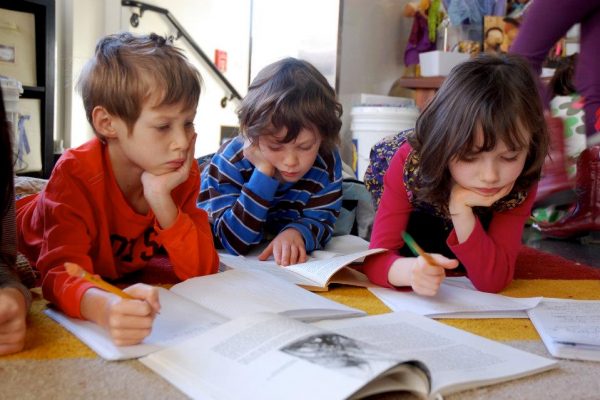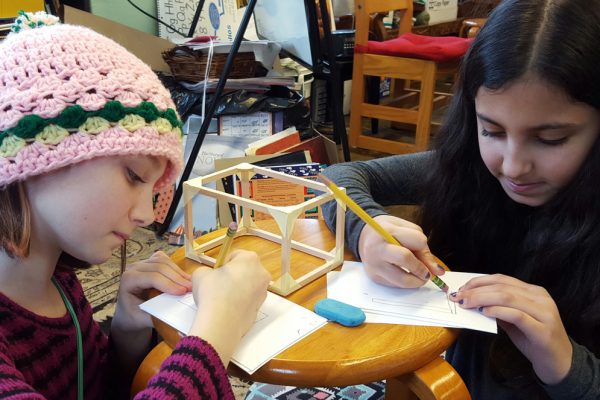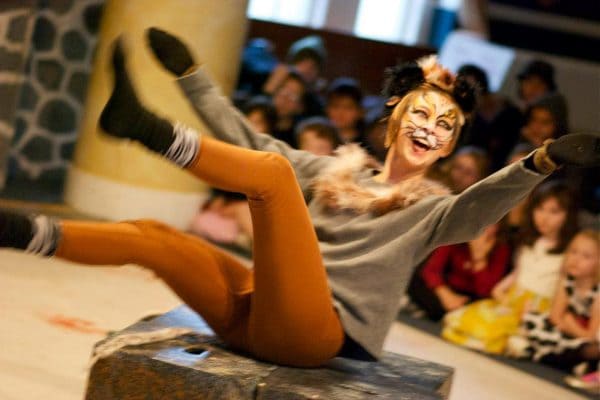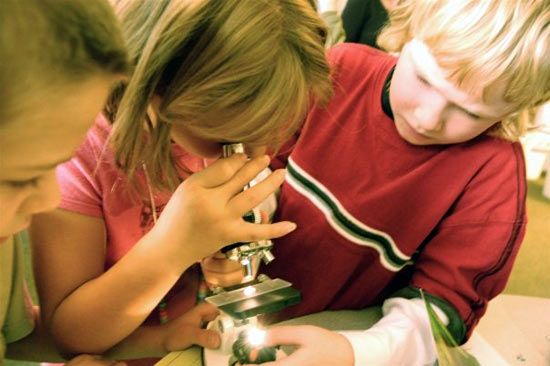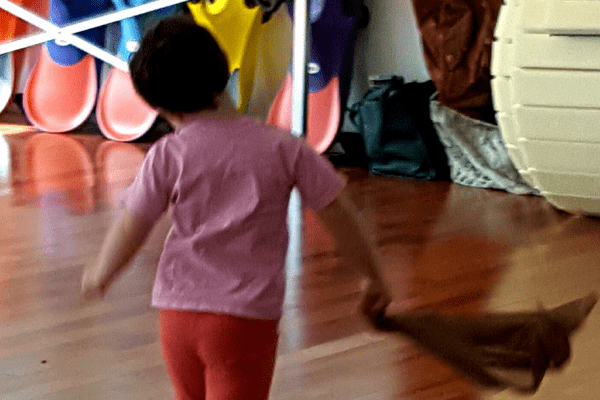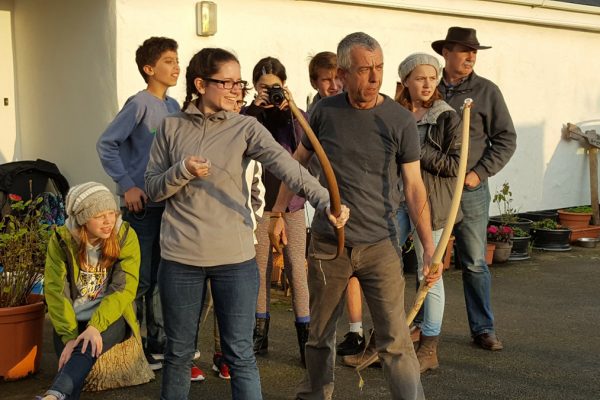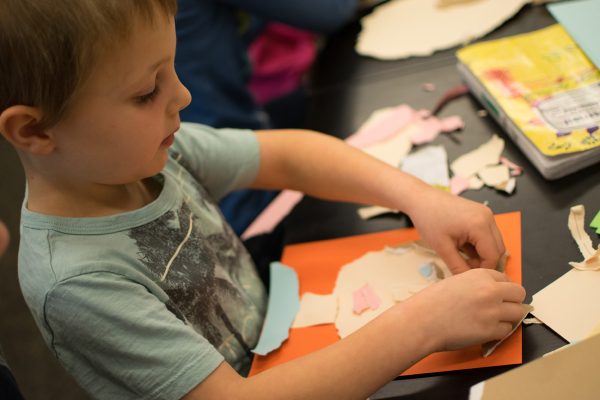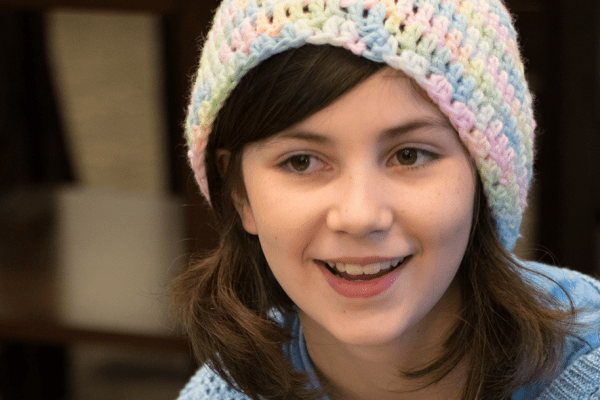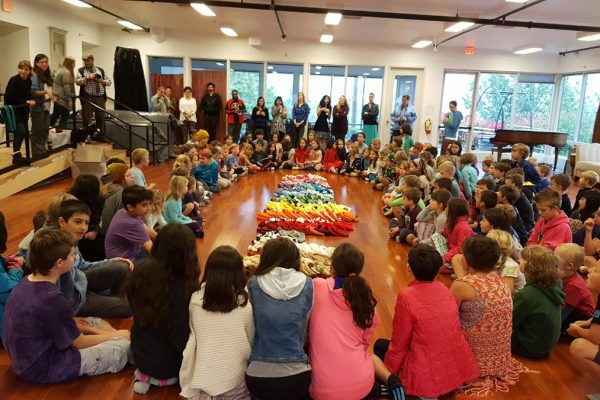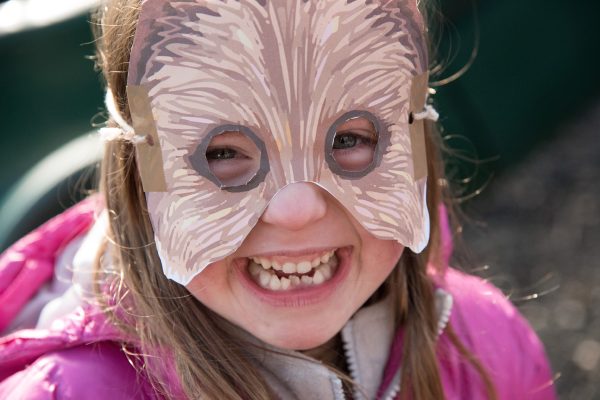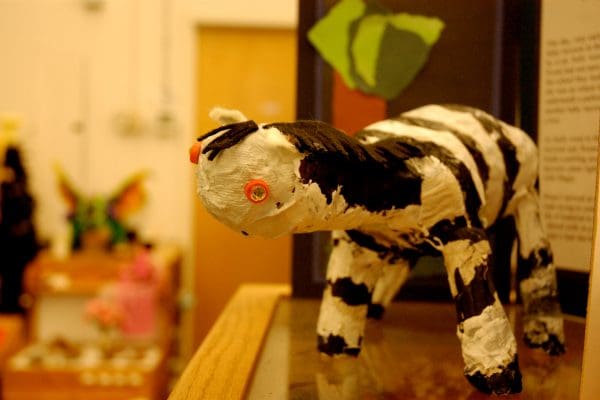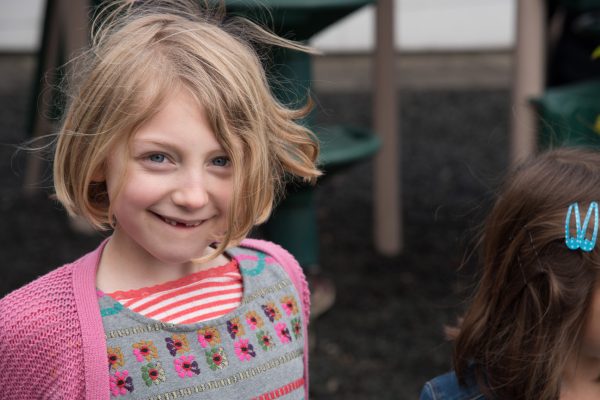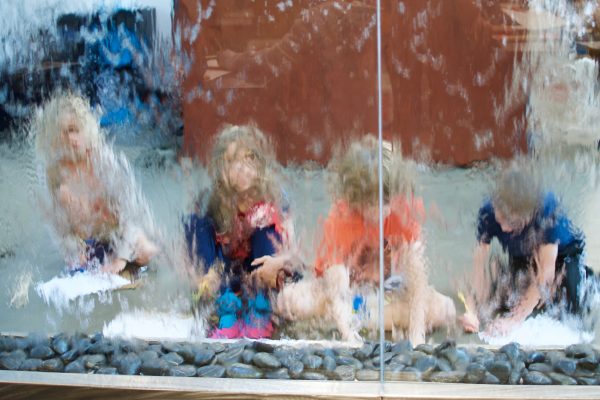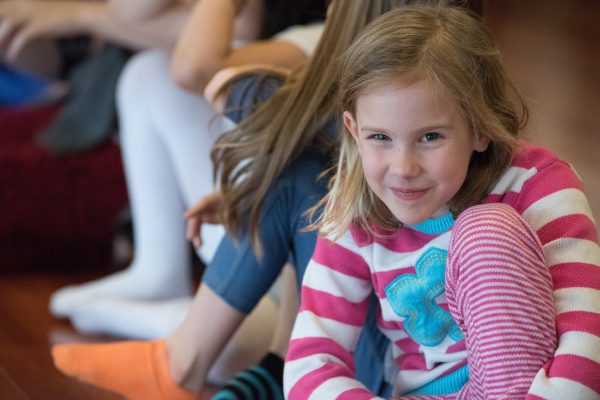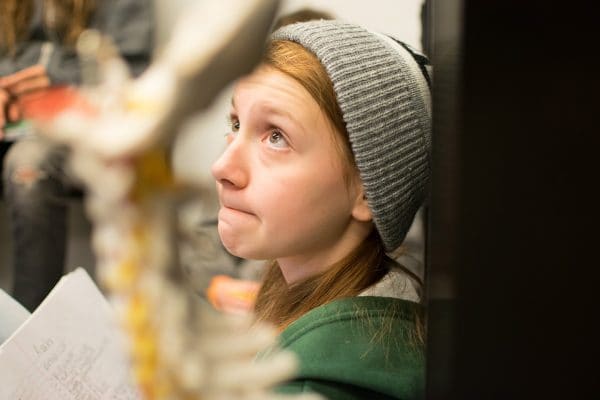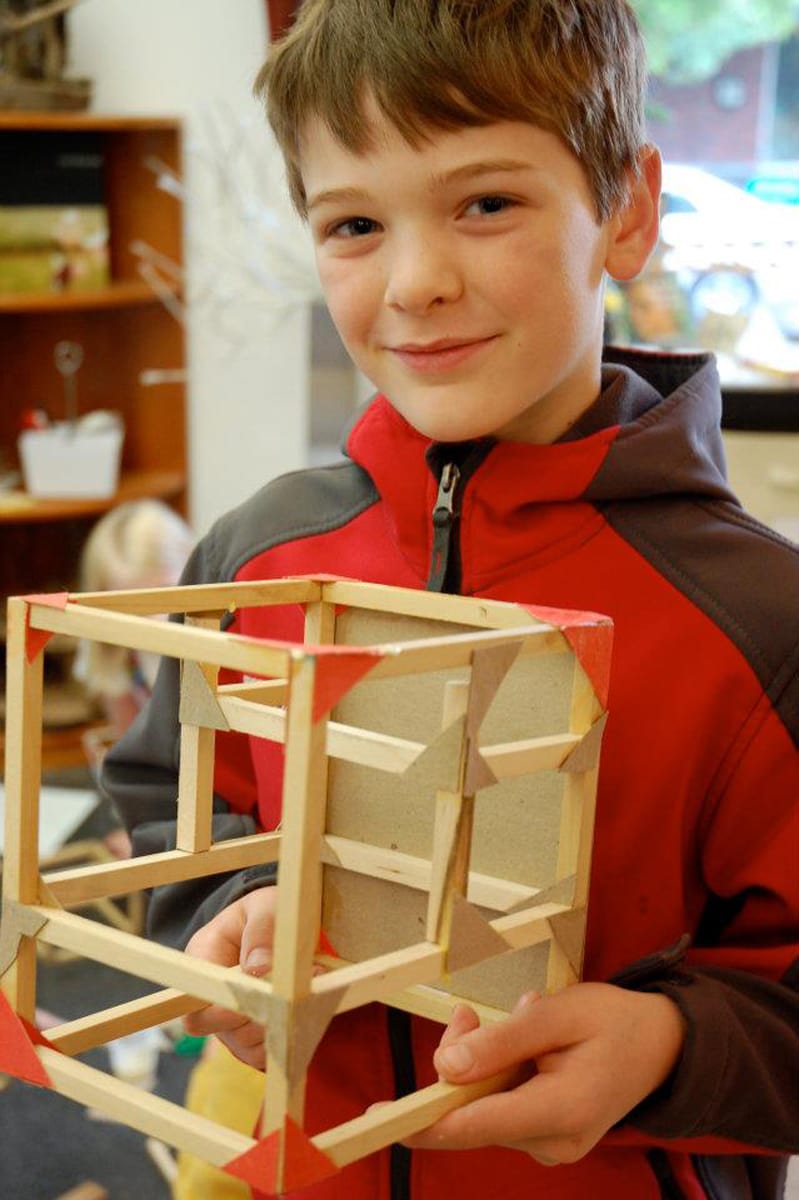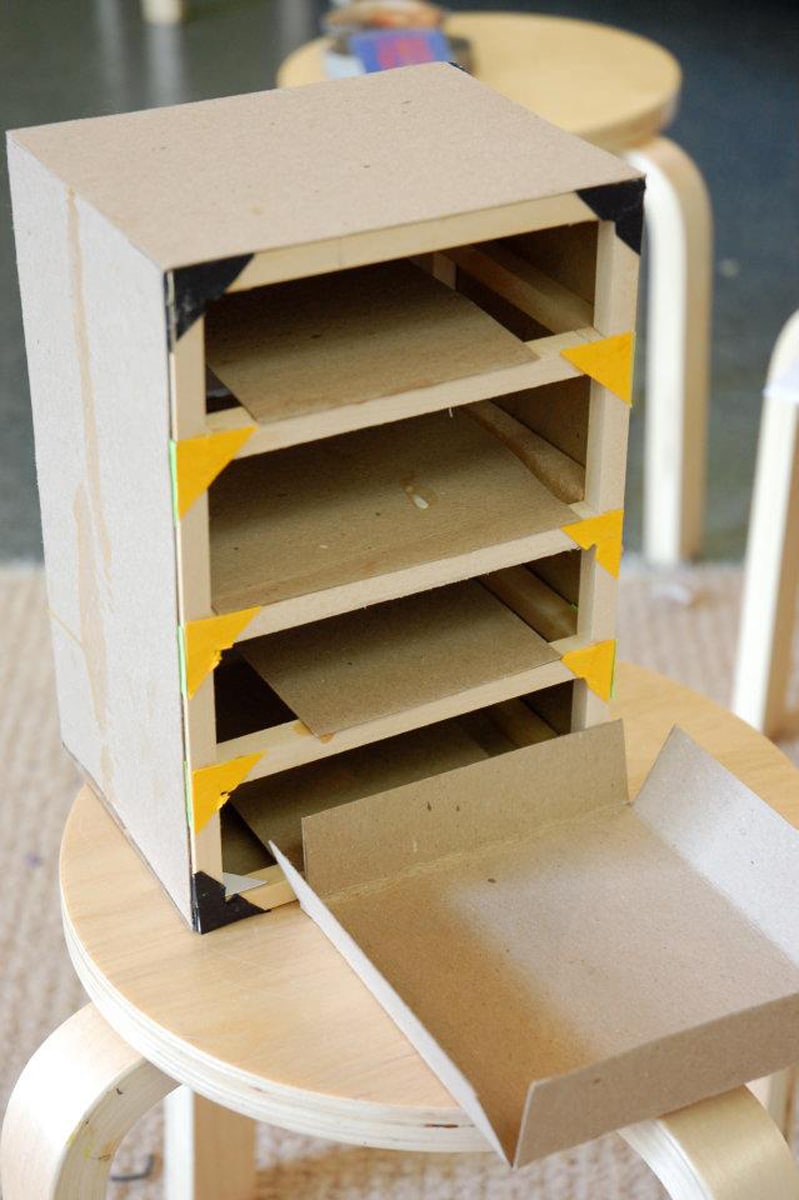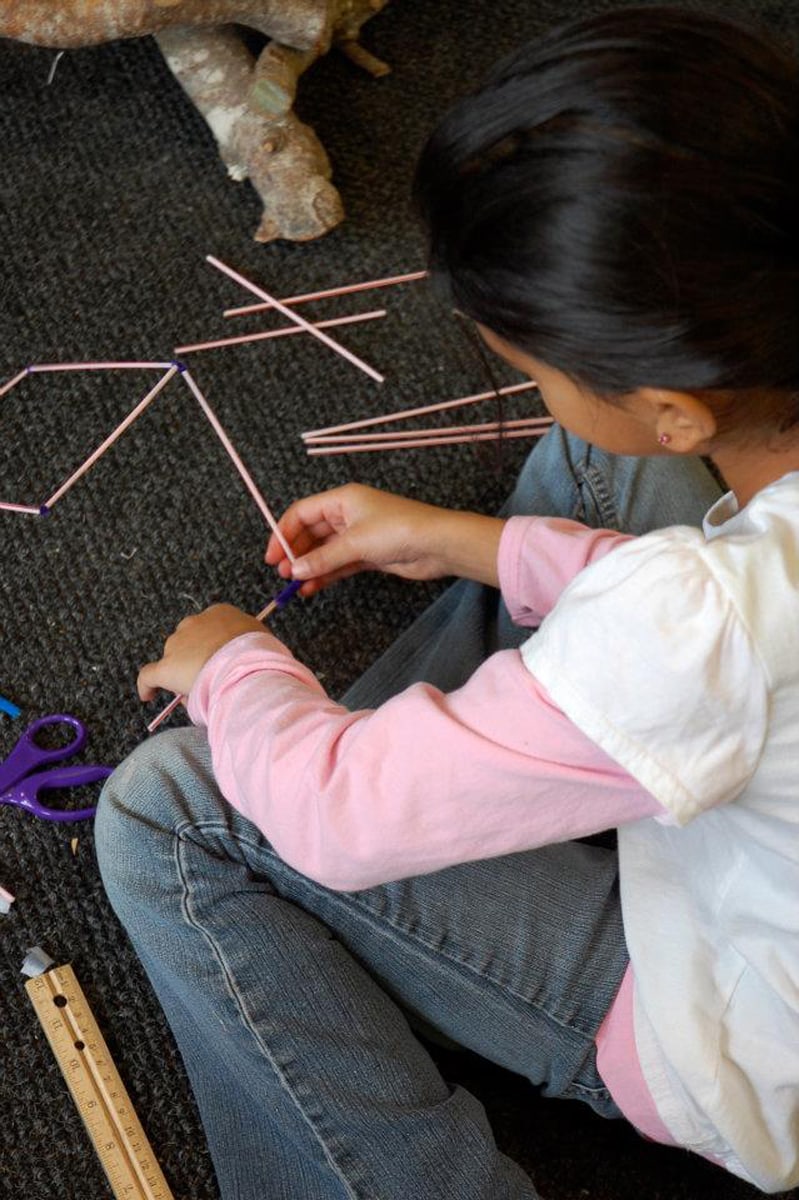 A study in fractions, geometry, design process, and writing
A study in fractions, geometry, design process, and writing
Ages 8-10
Organization of things, time, ideas, and skills! Our children completed this challenge with thoughtful, quality-infused designs and embellishments… A collection of lifetime skills with application for the workplace, design thinking, creative problem solving, and unique interpretation, through collaborative project work.
A collection of lifetime skills with application for the workplace, design thinking, creative problem solving, and unique interpretation, through collaborative project work.
The challenge: “Design and construct a structure with specific elements to hold, organize, and protect items used at a desk. You will use no more than 72″ of framing material given to you. The structure will be finished with a high degree of quality and functionality. You will keep records of your plans, modifications, and thinking which will be displayed at our next learning celebration.” The ability to ponder a divergent brief and imagine a range of responses, select and realize a specific design, and reflect on the choices made and the results, are daunting for adults. At Renaissance, it is mind-candy, the very sort of project work we savor and find energizing.
 Reading the challenge together, and unpacking the necessities and the interpretive aspects, requires critical reading and an ability to weigh the information against the many designs that offer themselves for consideration! Young designers begin to hone their ideas and test them against the criteria and available resources, parallel in process to the adult designer in world-scale organizations. Sketching gives form to the imagination, making it public for consideration of the “tricky spots”, ripe for critique, and visibly stable for alterations. Children learn to use grid paper, 1/8″ in this case, to bring their ideas to scale. The need to compute fractions and consider three-dimensions brings the final linear measurement to a reality that is less apparent in the original declaration of 72″! (“It is so much smaller than I thought it would be when I first heard how long the dowels were! We
Reading the challenge together, and unpacking the necessities and the interpretive aspects, requires critical reading and an ability to weigh the information against the many designs that offer themselves for consideration! Young designers begin to hone their ideas and test them against the criteria and available resources, parallel in process to the adult designer in world-scale organizations. Sketching gives form to the imagination, making it public for consideration of the “tricky spots”, ripe for critique, and visibly stable for alterations. Children learn to use grid paper, 1/8″ in this case, to bring their ideas to scale. The need to compute fractions and consider three-dimensions brings the final linear measurement to a reality that is less apparent in the original declaration of 72″! (“It is so much smaller than I thought it would be when I first heard how long the dowels were! We
 got that wood and it looked like a lot, so I thought about making something really big. The real frame got really small fast!”)
got that wood and it looked like a lot, so I thought about making something really big. The real frame got really small fast!”)
Measuring takes on a new onus as making a mistake can drastically alter the availability of costly materials… and mistakes are perfect venues for re-thinking, redirection, and repurposing! Real life! Planning and prototyping are key elements in our work as we clear the kinks and modify ideas in “draft” materials, prior to final construction. Such guides, akin to drafts in the writing process, assist us in considering options, in testing plans, and in pushing out boundaries within the “safe walls” of collaborative inquiry and friendly advice. In studio, engineers, moving from designs to building, talk about their concerns and mishaps, and share ideas and successes, each adding to the collective success of the overall project. Information and ideas are free and the accomplishments raise us all to a higher platform for our next attempts… in applied skills, concepts, and  working relationships.
working relationships.
Realizing the full plan, executing our best efforts in quality, raises an idea off the paper into reality. The true test. Sawing, cutting, gluing, stabilizing… testing and modifying… flexibility in thinking, critical to creative problem-solving, all within a personalized project, unencumbered by the the confines of the more traditionally convergent “make it like this.” Children learn to be precise in their number work, the calculation of linear needs, square area, and cubic volume. They apply strategies of “train writing” to deftly capture in writing the thick, twisty sequence of their efforts, employing lessons of intriguing introductory paragraphs, and inserting the gnarly challenges through the use of a “challenge chart” to create full-scale expository essays in reflection. Adding doors, hinges,  shelves, drawers, partitions, electricity, and switches offers opportunities for personal choice and aesthetic signature. Embellishing with paint, fabric, buttons, glass, ribbon, and other finishing materials requires aesthetic and material consideration, often in keeping with an overall design theme. Young engineers apply the skills of perspective drawing— orthographic projection, oblique detailed rendering, and isometric exploration. The collection of work is displayed for admiring audiences and the inquisitive at a final exhibit, the Celebration of Learning.
shelves, drawers, partitions, electricity, and switches offers opportunities for personal choice and aesthetic signature. Embellishing with paint, fabric, buttons, glass, ribbon, and other finishing materials requires aesthetic and material consideration, often in keeping with an overall design theme. Young engineers apply the skills of perspective drawing— orthographic projection, oblique detailed rendering, and isometric exploration. The collection of work is displayed for admiring audiences and the inquisitive at a final exhibit, the Celebration of Learning.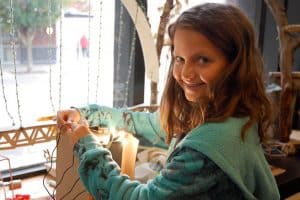
This project, ages 8-10, provides experience with building platforms for later work that requires stages and architectural features to support other investigations. “Cardboard corners” and the use of angles (beyond the basic 90 degrees) have been integrated into other engineering challenges. Previous project work provides the impetus to include parallel and series circuits to light the exterior or interior of the desk organizer with a switch (key, press pad or simple connection) or the opening of a door! Layered learning… relishing ambiguity and complexity, juggling materials and timelines, meeting a brief with innovation and skills, and reflecting openly on the overall project with integrity. A whirlwind of purpose, enhanced with real skills, and driven by the imagination, and momentum of childhood!
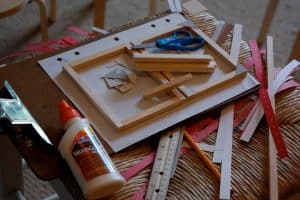 (In one scenario, we took the children to a lunch meeting of engineers in the city where the children presented a Powerpoint of their work. They narrated the overall process through a script developed by the class, employing the same strategies used to create personal narratives, matched to photos and evidence– prototypes, journal snippets, materials lists, drawings. The engineers were amazed at the parallel process, the vigor behind the ensuing conversation as “colleagues,” and the vocabulary used with deep understanding. Such is the potential of “partnerships” in the world, where children become valued partners!)
(In one scenario, we took the children to a lunch meeting of engineers in the city where the children presented a Powerpoint of their work. They narrated the overall process through a script developed by the class, employing the same strategies used to create personal narratives, matched to photos and evidence– prototypes, journal snippets, materials lists, drawings. The engineers were amazed at the parallel process, the vigor behind the ensuing conversation as “colleagues,” and the vocabulary used with deep understanding. Such is the potential of “partnerships” in the world, where children become valued partners!)
